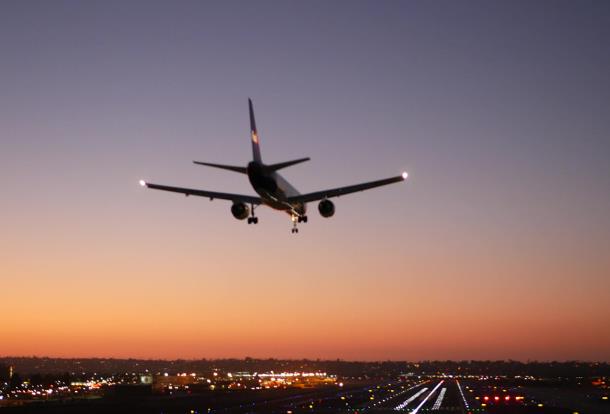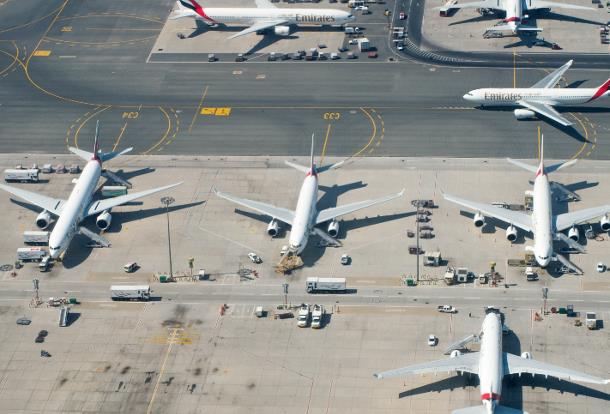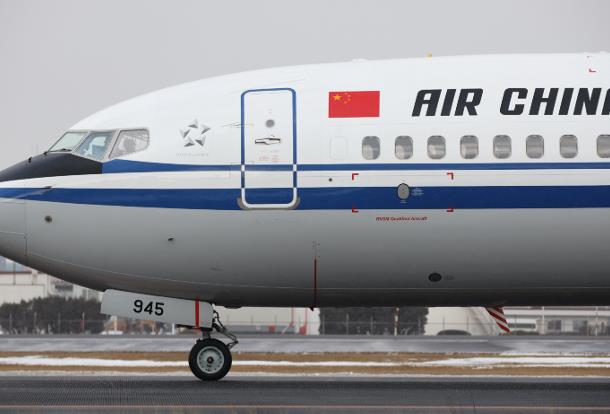Having built a network of 26 air routes in Japan, Spring Airlines is moving beyond Osaka to expand in Nagoya. “Tourism to Japan is booming these days and Spring Airlines is taking the opportunities presented in this latest industry trend,” the carrier’s president Zhenghua Wang said.

The Japanese aviation market is but a part of the carrier’s ambitious “global airline strategy”. It has already reached its goal set in late 2014 of having 43 international air routes carrying 30% of its total transportation capacity. In the first half of the year, it has achieved y-o-y growth of 15.04% on revenues, and the profits of the period skyrocketed 128.81%.
Blazing a trail in Japan
Spring Airlines will fly to Nagoya from three more Chinese cities – Yinchuan, Changzhou and Guiyang –at the end of September. The carrier has already been operating flights to Nagoya from five Chinese cities – Shanghai, Hefei, Hohhot, Shijiazhuang and Harbin – since June 29.
Before Nagoya, Osaka was a strategic foothold in Japan for Spring Airlines – it launched its first direct service from Shanghai Pudong Airport to Osaka Kansai Airport on March 15, 2014, and subsequently added services to Osaka from 11 more Chinese cities, including Qingdao, Lanzhou, Chengdu and Xian.
“The deployment of Spring Airlines in Osaka sparked “Osaka fever” among Chinese carriers. They jumped on the bandwagon of launching flights to Osaka, leading to overcrowding in Osaka’s tourism market. So we shift our market strategy from Osaka to Nagoya, connecting more Chinese cities with Nagoya to offer Chinese tourists more convenient services,” Spring Airline’s spokesperson Wuan Zhang said.
Mr. Wang said Spring Airlines had already formulated its Japanese market strategy back in 2009. “We foresaw Japan would replace Taiwan as a popular tourism destination and we believe it would remain popular for longer than other flavors of the month like Hong Kong, Macau, SEA and Taiwan,” he said.
Japan’s official records show that Chinese made 2.4 million trips to Japan last year, 83% more than the previous year. The number of Chinese arriving in Kansai Airport jumped from 520,000 in 2013 to 1.006 million in 2014 due to the yen’s devaluation and increased flights.
Spring Airlines embarked on the Japan market with its first service to Ibaraki in July 2010. Since then, it has started services to other Japanese cities including Asahikawa, Sapporo, Osaka, Nagoya, Takamatsu and Saga, and the services have the metropolitan areas of Tokyo, Osaka and Nagoya well covered. It finally entered Tokyo’s Haneda Airport with its Shanghai-Tokyo flight in August this year. Its China-Japan air routes already make up 18% of the carrier’s total transportation volume and it projects it will transport 400,000 passengers between both countries by the end of 2015.
Global strategy to reap rich rewards
Spring Airlines plans to add 10 aircraft to its fleet and open 15 new air routes this year, in order to raise the proportion of its international air route capacity to 30% of total capacity and continue its global expansion.
On September 16, it announced it would restart its services to Singapore and Sabah Malaysia on October 25. “The revival of services to Singapore and Sabah shows that Spring Airlines is resolved to continue promoting its international air route strategy,” a Spring Airline’s market department director said.
Spring Airlines significantly boosted its international transportation capacity during the first half of the year, with available service kilometers (ASK) up 168% y-o-y and revenues from international air routes up 110% to make up 34% of the total income from its main business.(Translation by David)




